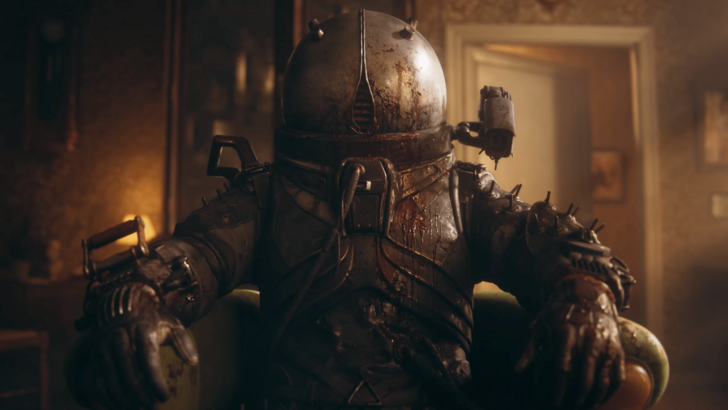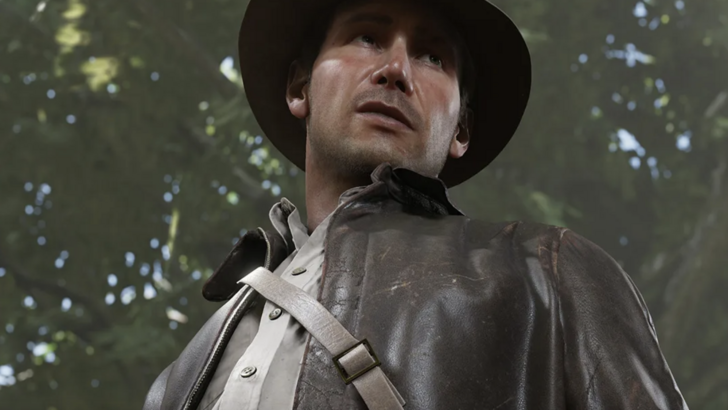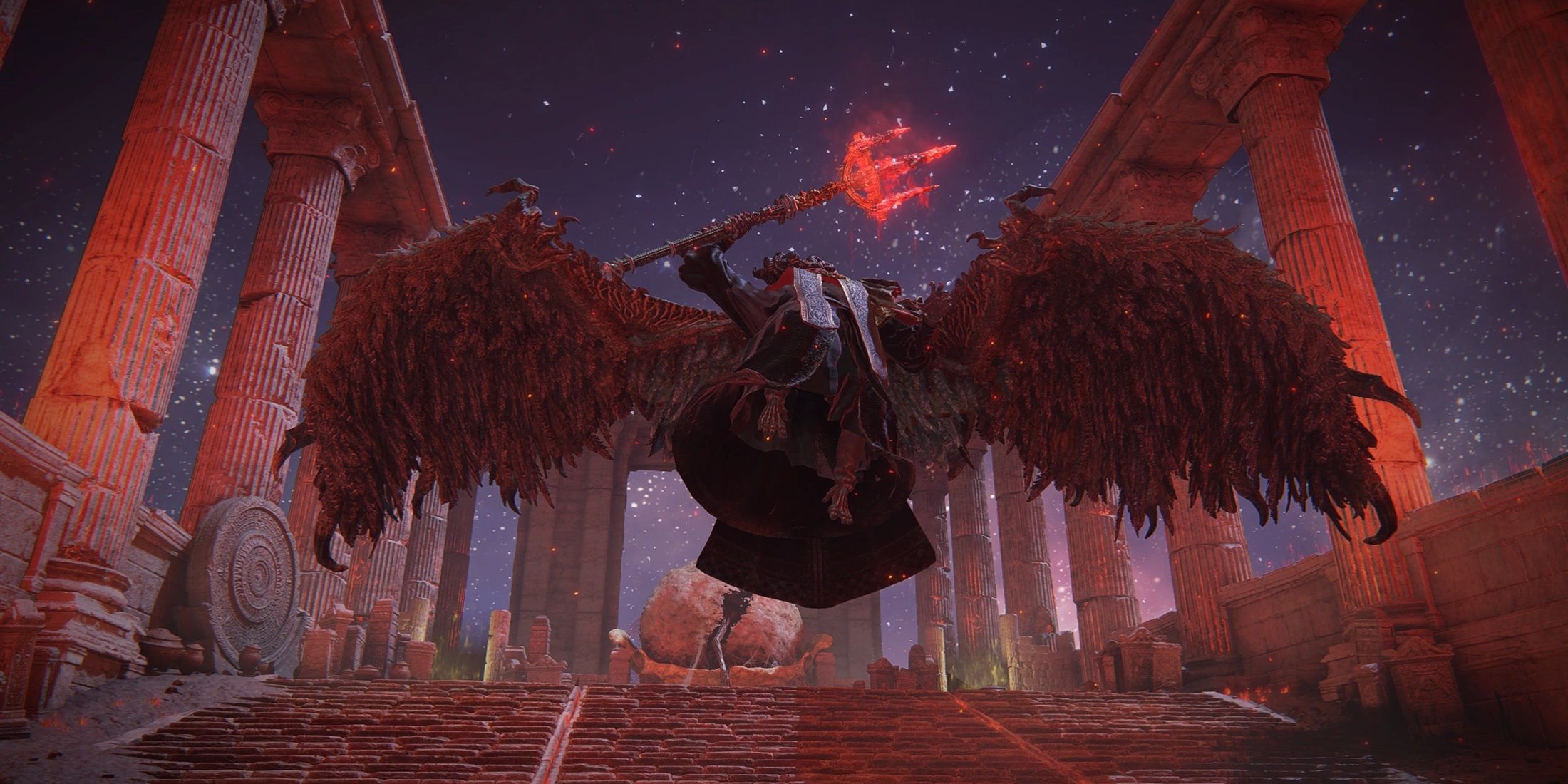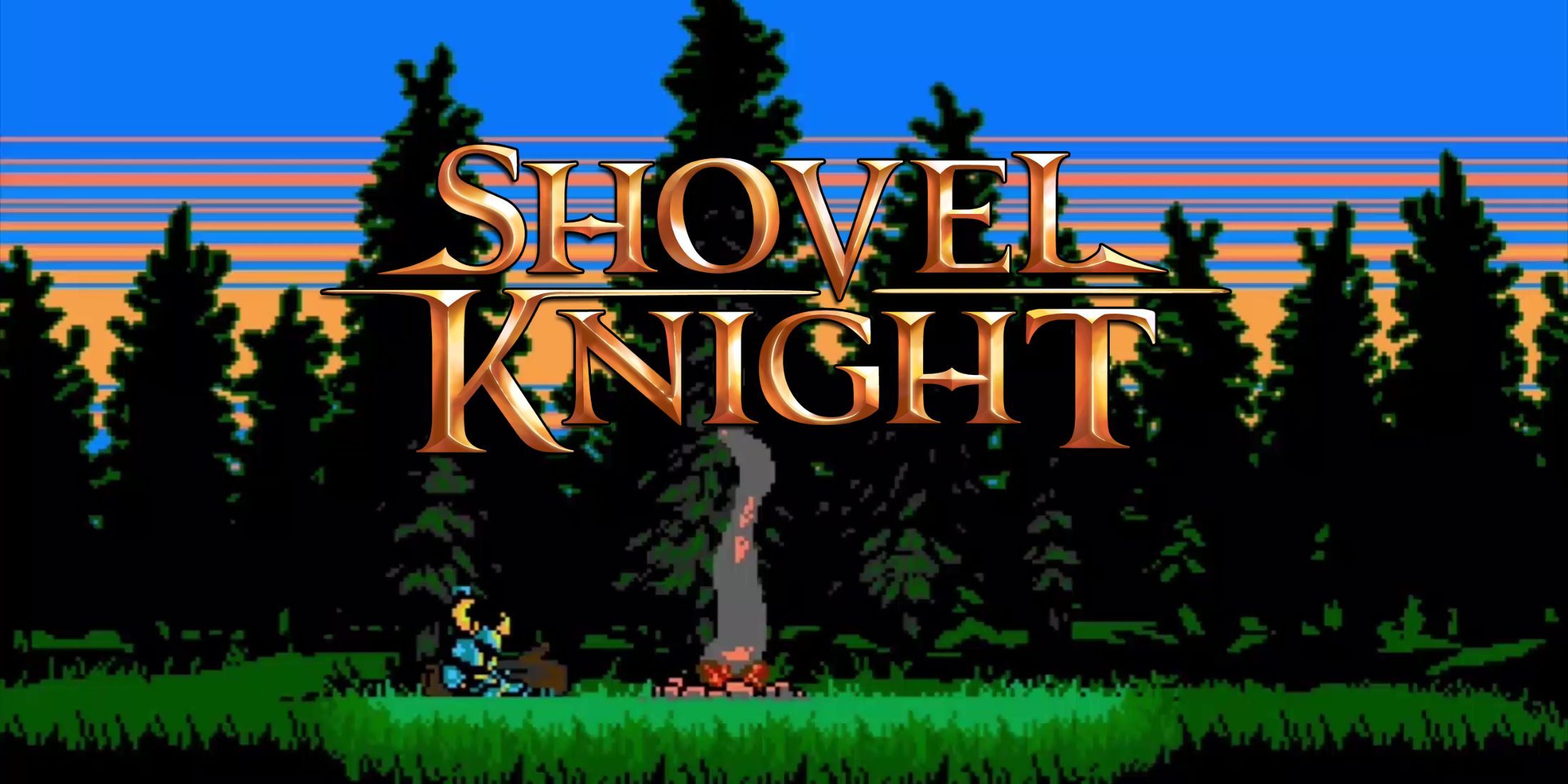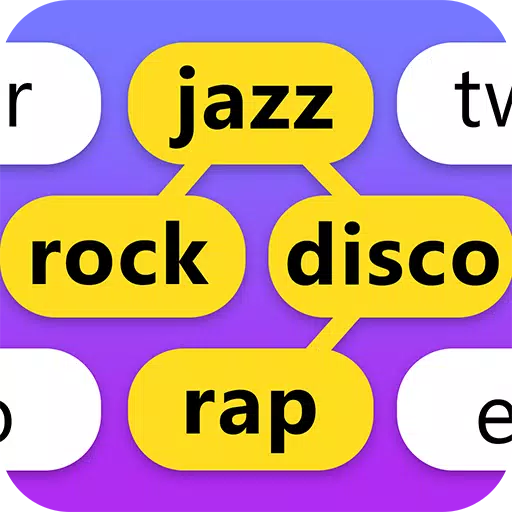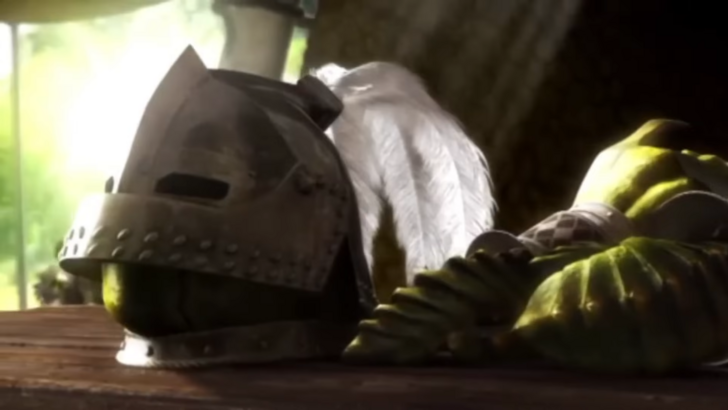
Monster Hunter's narrative often gets overlooked due to its straightforward nature, but is it truly that simple? This deep dive explores the underlying themes and stories within the series.
← Return to Monster Hunter Wilds' main article
The Evolution of Narratives in Monster Hunter

The Monster Hunter series isn't known for its intricate storylines. Many consider the narrative secondary to the gameplay. However, this doesn't mean a story isn't present. The mission-based structure, where quests drive the action, often overshadows the broader narrative threads. But is it truly as simplistic as hunting monsters for profit, fashion, and sport? Let's delve into the mainline series' narratives to uncover a deeper meaning.
The Familiar Beginning

Most Monster Hunter games share a similar structure: you begin as a novice hunter, accepting quests from village elders, gradually progressing to hunt increasingly formidable monsters, ultimately becoming the village's top hunter. Higher rank unlocks access to stronger, larger creatures. The core gameplay loop centers on the hunter's progression, culminating in the defeat of the game's final boss (e.g., Fatalis in Monster Hunter 1). This cyclical structure remains consistent, even as storytelling becomes more prominent in recent iterations. However, titles like World, Rise, and their expansions offer more developed, continuous narratives.
Guardians of the Ecosystem
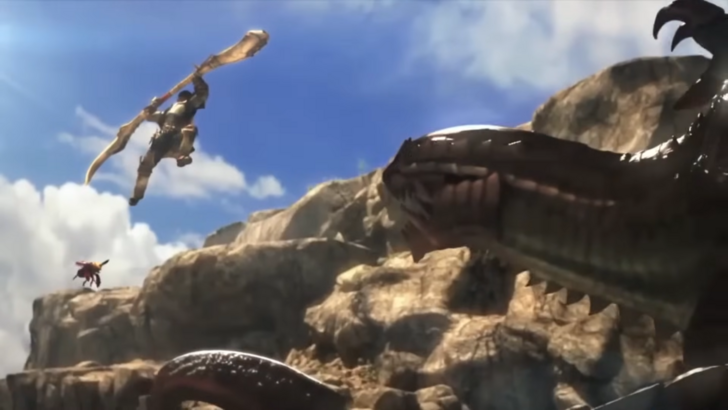
The series frequently portrays the hunter as a force maintaining ecological balance. Monster Hunter 4 (MH4), for example, highlights the Gore Magala and its Frenzy Virus, a contagious disease spreading aggression among creatures. The Gore Magala's villainous appearance underscores its role as a threat to the ecosystem, demanding its defeat to restore balance.
However, Monster Hunter: World and Iceborne offer a more nuanced perspective. The endings suggest that while humans bear responsibility for restoring balance, they still have much to learn about the natural world's intricate workings.

Iceborne's conclusion reveals Nergigante as a natural force of balance, challenging the hunter's perceived role. While Nergigante's actions might seem underwhelming, it perfectly encapsulates the game's theme of ecological equilibrium. The base game's ending portrays the hunter as a "Sapphire Star," a guiding light, referencing the in-game "Tale of the Five," suggesting the Research Commission accepts its role as nature's guardian, guided by the hunter.

Iceborne's ending contrasts this, highlighting the Research Commission's need for further understanding of nature's processes. This juxtaposition reflects the resilience of nature, even without human intervention. While interpretive, this demonstrates a depth beyond simple monster hunting. This raises the question: how do monsters perceive the hunter?
The Hunter's Reflection: Monsters in the Mirror
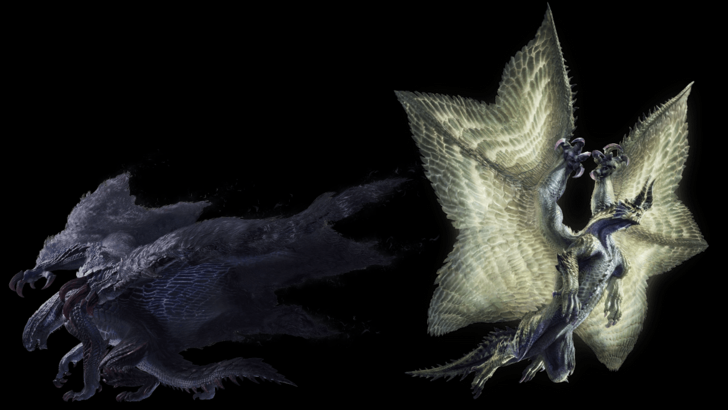
In MH4, defeating the Gore Magala only reveals its evolved form, the Shagaru Magala. This mirrors the player's experience of upgrading equipment and facing renewed challenges. This suggests monsters also learn and adapt to the hunter's strategies.

The Ahtal-Ka, the final super boss in Monster Hunter Generations Ultimate, exemplifies this. Its unique nature—a gigantic, mechanical insect—highlights its adaptation to the hunter's ingenuity. It utilizes hunter-like weaponry and constructs a walking fortress, reflecting the hunter's own resourcefulness. This suggests a mirroring of the hunter's tactics, showcasing nature's capacity for adaptation, even in response to human influence. Its unique fighting style could even be argued to have influenced the Silkbind moves in Monster Hunter Rise.
Man vs. Wild: Your Personal Narrative
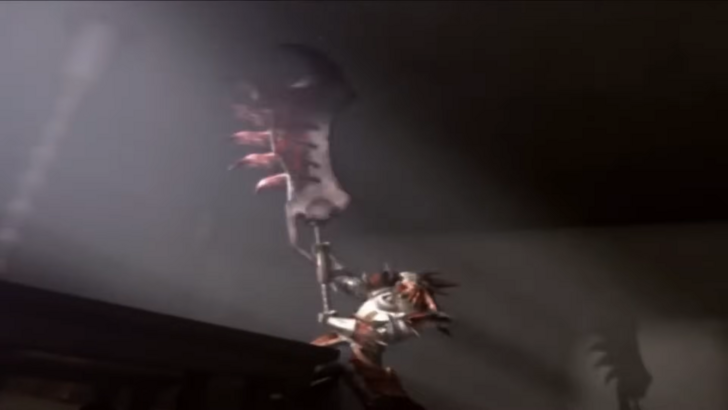
Ultimately, Monster Hunter is about the player's journey of growth and mastery. While the game's impact varies, its personal narrative is compelling. Similar to the Souls series, the enjoyment stems from overcoming seemingly impossible challenges through continuous improvement.
The initial encounter with the Tigrex in Monster Hunter Freedom 2 exemplifies this. The early defeat and subsequent rematch create a personal goal for the player, mirroring the game's overall theme of overcoming adversity.
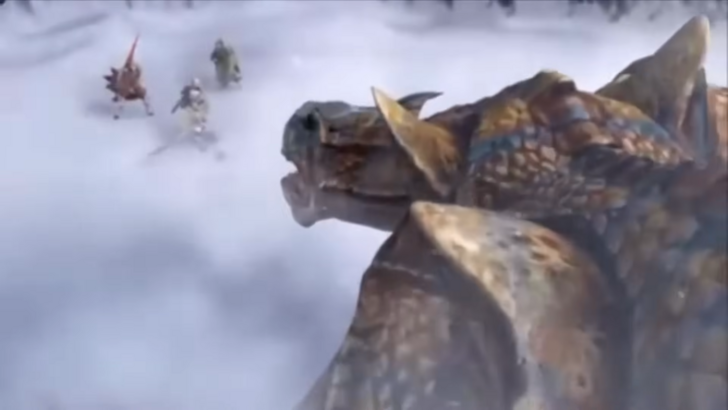
These seemingly minor narrative elements provide strong motivation and a sense of personal triumph. This is further emphasized by encounters like the Gore Magala's final form in MH4.

While newer games incorporate more overt narratives, as seen in Wilds, the core gameplay loop and personal growth remain central. The series' success lies in its ability to transform the player's experience into a memorable, personal narrative. Monster Hunter may not boast the most compelling stories, but it masterfully weaves player experience into a lasting narrative.

 Latest Downloads
Latest Downloads
 Downlaod
Downlaod



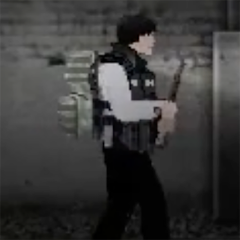
 Top News
Top News